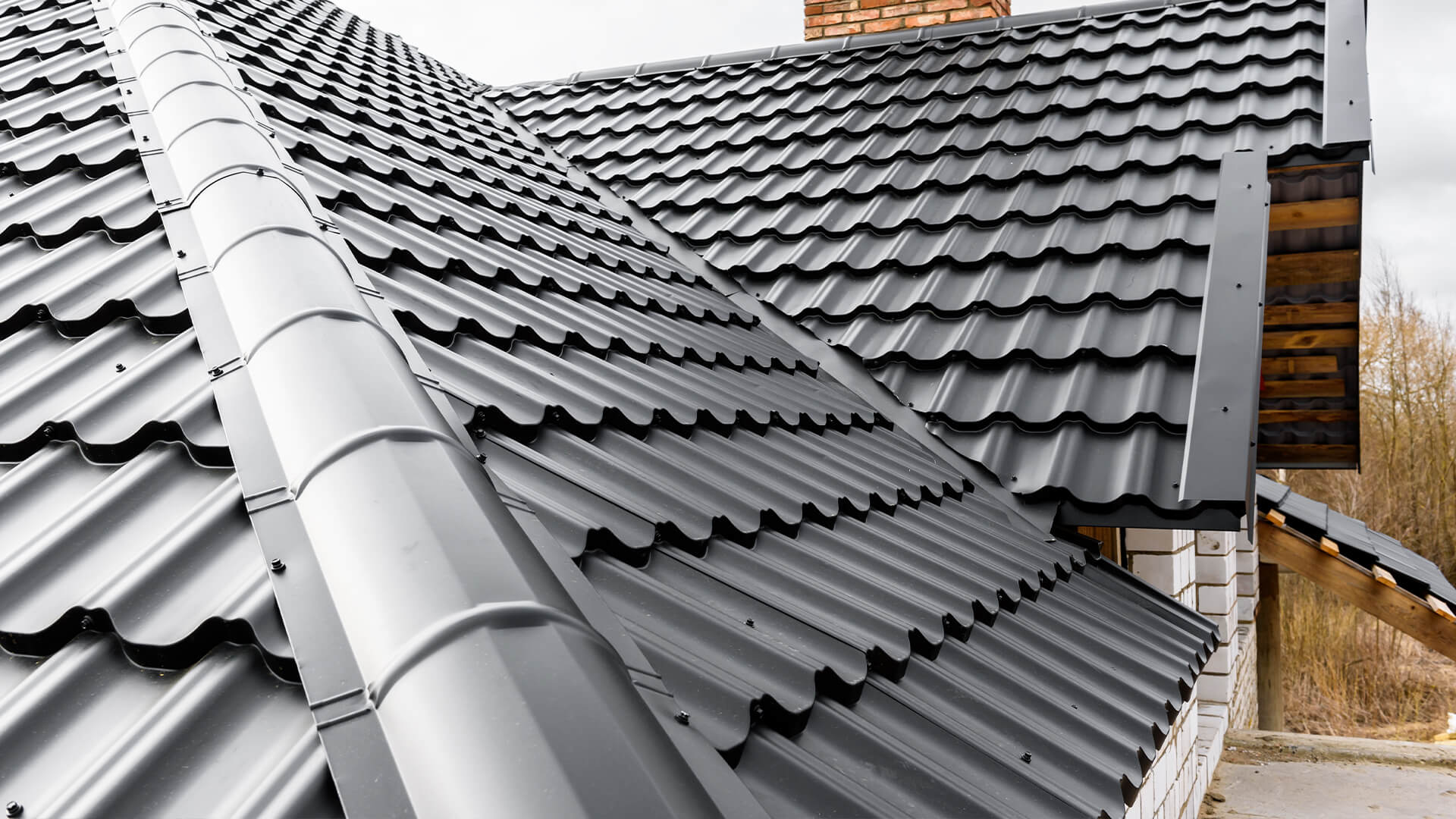Finest Practices for Ensuring Correct Roof Ventilation
A well balanced consumption and exhaust vent ratio, commonly 1:300, plays a critical function, with intake vents ideally positioned at the lower side of the roofing system for trendy air entrance and exhaust vents at the peak for warm air leave. Keeping insulation away from vents is essential to protect against air flow constraint.
Understand Air Flow Essentials
Properly understanding air flow basics is necessary for ensuring the durability and efficiency of roof. Effective ventilation reduces dampness buildup and temperature level extremes in the attic, both of which can result in significant architectural damage gradually. A well-ventilated roofing aids in stopping usual concerns such as mold growth, wood rot, and ice dams, which can compromise the honesty of the roof covering materials and the underlying structures.
The primary objective of air flow is to help with the movement of air, enabling a regular exchange in between the exterior and indoor environments. This balance is attained through a combination of intake and exhaust vents that interact to keep optimal airflow. Consumption vents, commonly situated along the eaves or soffits, enable fresh air to go into the attic room area, while exhaust vents, frequently located at or near the roof ridge, enable hot, humid air to leave.
Key aspects influencing the performance of roof covering ventilation include appropriate positioning, ample sizing, and guaranteeing that both intake and exhaust vents are unblocked. Regular examination and upkeep are critical to identify prospective clogs, damage, or inadequacies in the air flow system, consequently protecting the roof's efficiency and durability.
Sorts Of Roofing Vents
Roof covering vents play a vital role in maintaining efficient attic ventilation and, by extension, the general wellness of the roof system. Different types of roof covering vents are available, each with special benefits tailored to certain roof covering needs.

Soffit vents are installed under the eaves and job in tandem with roof vents to make sure a balanced intake and exhaust system. By permitting cooler air to enter from below, soffit vents promote the expulsion of warm air through upper vents. Gable vents, situated on the outside wall surfaces of the attic room, offer one more efficient remedy, particularly in homes with saddleback roofs.
Analyze Your Current Ventilation

Next, consider the age and condition of your roof materials and air flow elements. Older systems might not abide with present building regulations or may have weakened with time, minimizing their performance. Conduct a detailed evaluation to recognize any kind of indications of wear and tear, such as rust, damages, or gaps that might endanger the system's performance.
Furthermore, determine the attic temperature and humidity levels. High temperature levels and humidity can show inadequate ventilation.
Setup Best Practices
Efficient installation of roof covering ventilation systems is critical for ensuring ideal efficiency and longevity. Correct setup starts with recognizing the details ventilation requirements of the roofing and the building it covers. site here This includes determining the appropriate ratio of consumption to tire vents, typically sticking to the 1:300 policy, which stipulates one square foot of ventilation for each 300 square feet of attic flooring space.

The positioning of vents is just as important. Intake vents must be mounted at the roof's lower edge, commonly in the soffits, to enable great air to get in. Exhaust vents, on the other hand, need to be installed near or at the roof's top to facilitate the exit of cozy, moist air. This develops a natural air flow that assists keep temperature level and wetness equilibrium within the attic space.
Seal all vent links carefully to avoid air leaks and prospective water seepage. Usage high-grade products and comply with supplier guidelines to guarantee sturdiness and effectiveness. Additionally, integrating ridge vents with baffles can substantially improve air flow performance by protecting against wind-driven rainfall and snow from going into the attic.
Ultimately, specific setup of roofing ventilation systems minimizes click reference potential concerns such as mold growth, ice dams, and architectural damage, making sure the roof covering's integrity and the structure's total health and wellness.
Normal Upkeep Tips
Uniformity in upkeep methods is essential to making sure the long-lasting effectiveness of roofing ventilation systems. Throughout these assessments, ensure that vents are complimentary of debris, nests, and various other blockages that can restrain air flow.
Cleansing the vents is one more essential task. Use a soft brush or a vacuum to eliminate dirt and debris from intake and exhaust vents. Be mindful not to damage the vent screens or louvers during the process. Furthermore, examine the attic area for any kind of indications of water damages, which might jeopardize the honesty of the roof.
Appropriate insulation is equally crucial. Make sure that attic room insulation does not block the vents, as this can seriously restrict airflow. If any kind of insulation has actually changed or resolved, rearrange or change it to preserve an efficient barrier.
Lastly, change any damaged or missing out on parts immediately. Damaged vents, cracked tiles, or scrubby flashing can all contribute to inadequate air flow and needs to be dealt with right Web Site away. Regular upkeep makes sure that the roofing ventilation system operates ideally, consequently extending the life-span of the roofing system itself.
Conclusion
Guaranteeing appropriate roof air flow is critical for preserving the efficiency and toughness of a roofing system. Adherence to the 1:300 consumption and exhaust vent proportion, combined with the tactical positioning of vents, is essential.
A well balanced intake and exhaust vent ratio, frequently 1:300, plays an essential duty, with intake vents preferably placed at the reduced edge of the roof covering for awesome air access and exhaust vents at the peak for warm air exit. Consumption vents, commonly situated along the eaves or soffits, enable fresh air to get in the attic room space, while exhaust vents, usually situated at or near the roof ridge, enable hot, humid air to get away.
Soffit vents are mounted under the eaves and work in tandem with roofing vents to ensure a balanced intake and exhaust system. By enabling cooler air to enter from below, soffit vents assist in the expulsion of warm air via top vents. Adherence to the 1:300 consumption and exhaust air vent ratio, paired with the strategic placement of vents, is essential.